The following graph depicts changes in two populations (A and B) of herbivores in a grassy field. A possible reason for these changes is that :
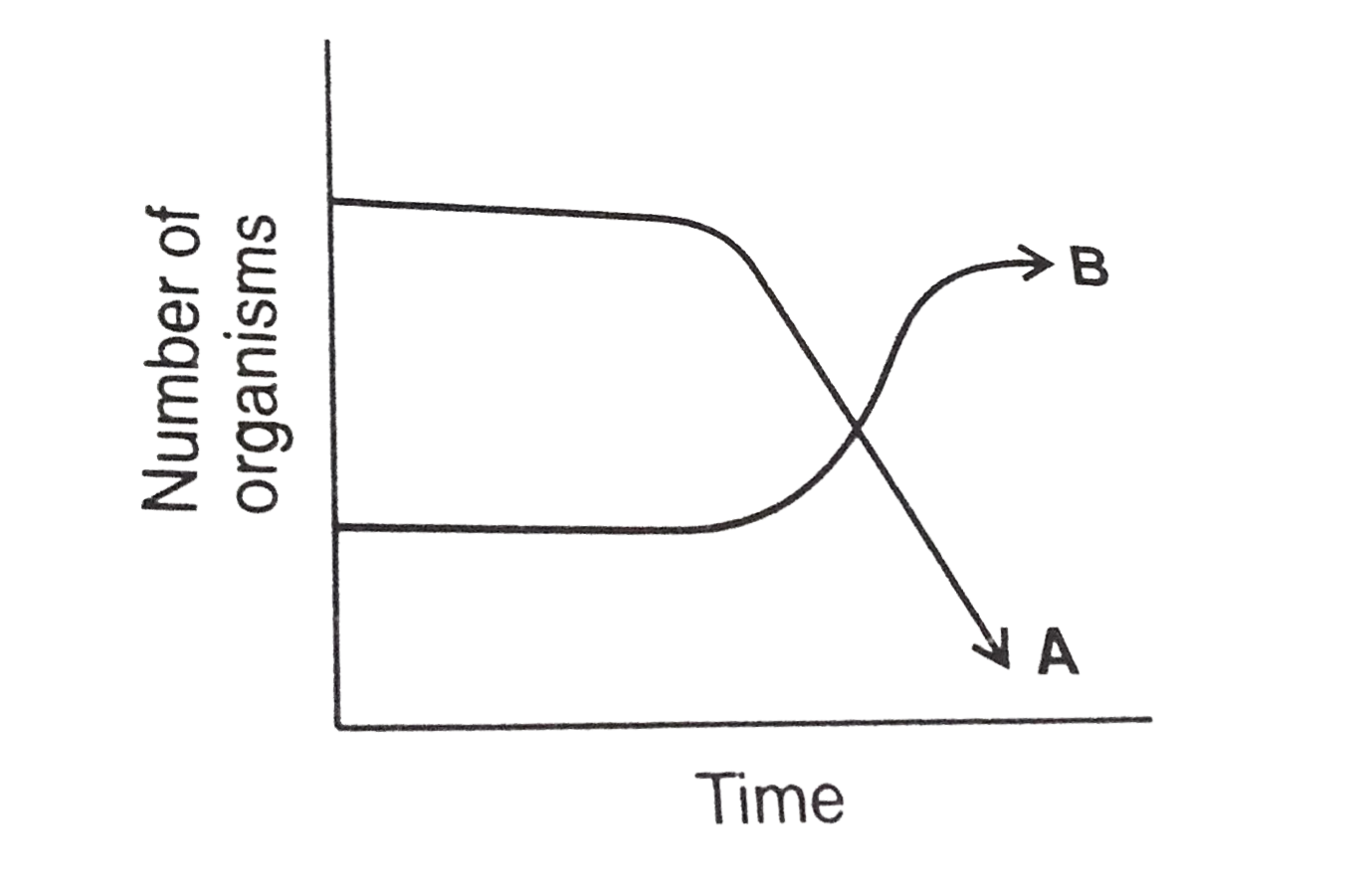
Both plant populations in this habitat decreased
Population A produced more offspring than population B
Population B competed more successful for food than population A
Population A consumed the members of population B
The correct Answer is:C
Step by step video, text & image solution for The following graph depicts changes in two populations (A and B) of herbivores in a grassy field. A possible reason for these changes is that : by Biology experts to help you in doubts & scoring excellent marks in Class 12 exams.
Topper's Solved these Questions
- BOOK - GRB PUBLICATIONCHAPTER - POPULATION : INTERACTIONS AND ATTRIBUTESEXERCISE - NCERT Corner (Exemplar Problems)32videos
POPULATION : INTERACTIONS AND ATTRIBUTES
- BOOK - GRB PUBLICATIONCHAPTER - PLANT BREEDING AND TISSUE CULTUREEXERCISE - NCERT CORNER15videos
PLANT BREEDING AND TISSUE CULTURE
- BOOK - GRB PUBLICATIONCHAPTER - REPRODUCTION IN ORGANISMSEXERCISE - EXEMPLAR PROBLEMS33videos
REPRODUCTION IN ORGANISMS
Similar Questions
Knowledge Check
- Question 1 - Select One
Changing population is -
APopulation growthBPopulation dynamicsCPopulation explosionDPopulation ethology - Question 2 - Select One
Which of the following graphs best depicts the changes in one cycle of PCR ?
A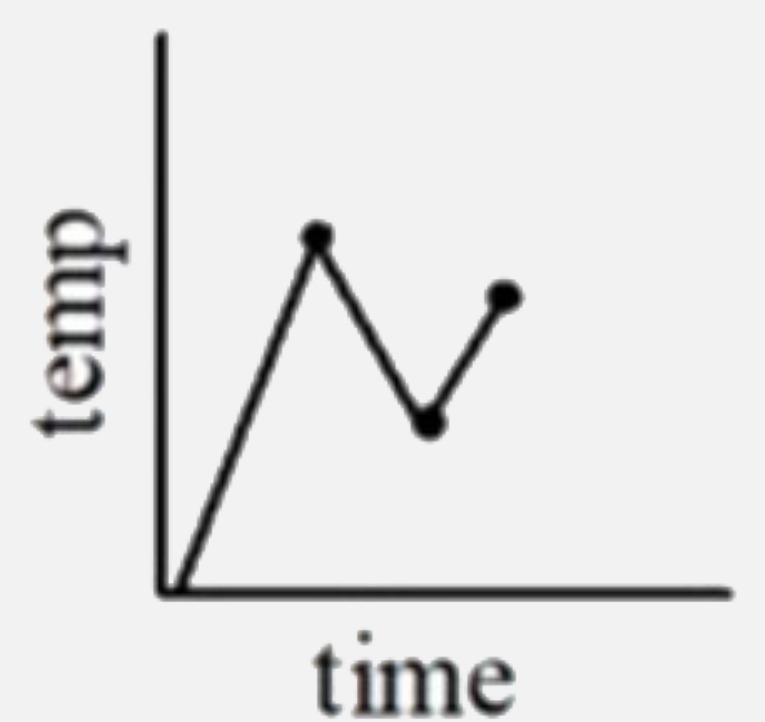 B
B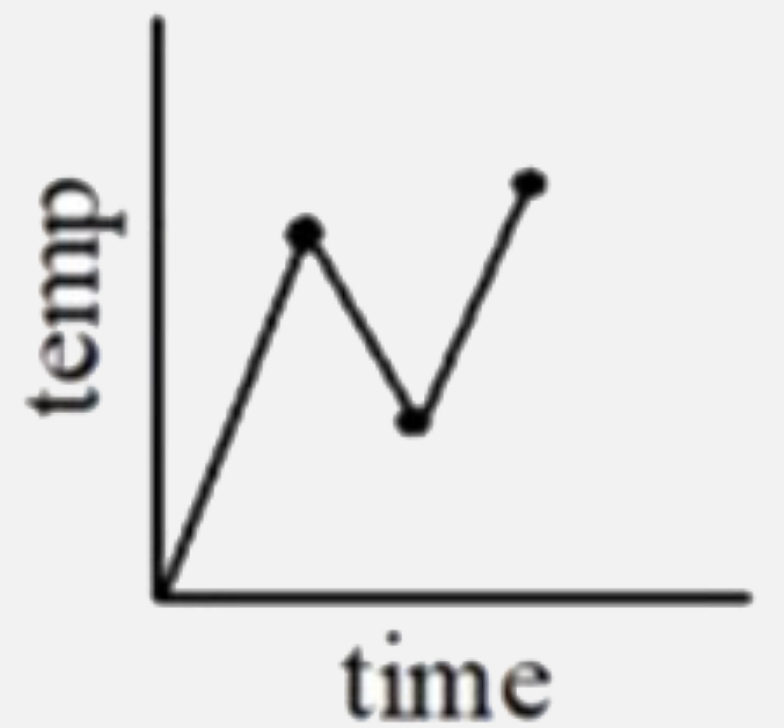 C
C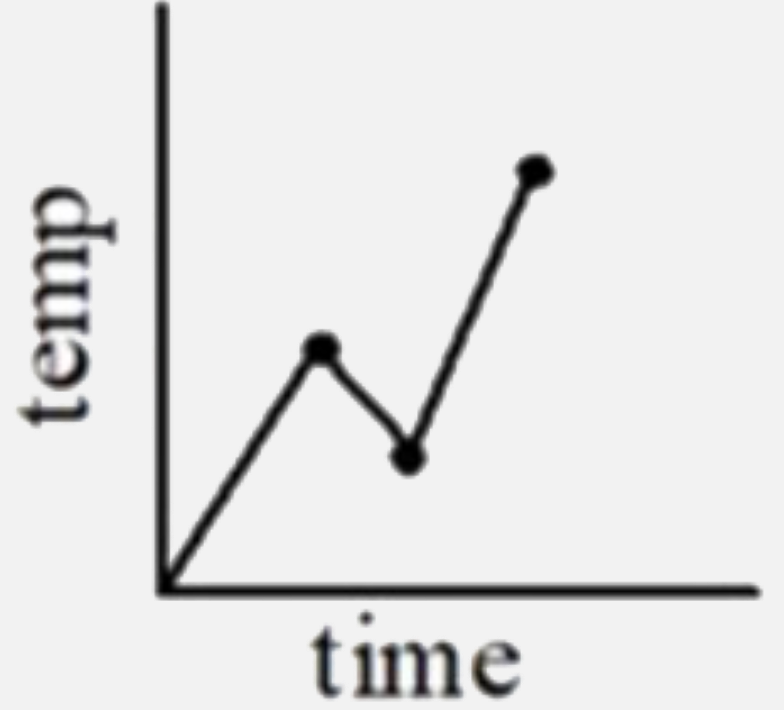 D
D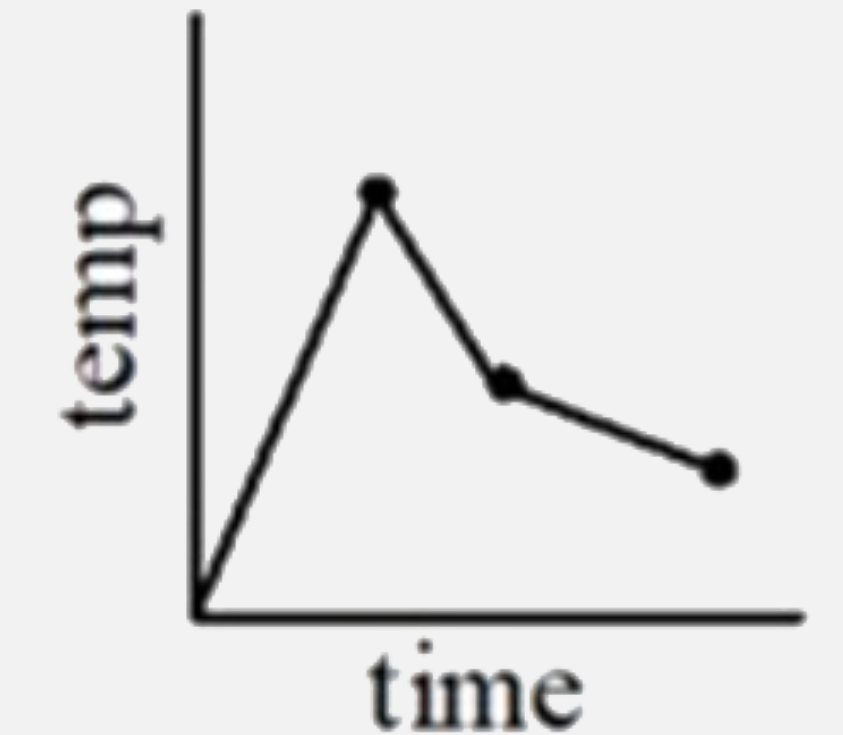
- Question 3 - Select One
The accompanying figure depicts a change in concentration of species A and B for the reaction A→B, as a function of time. The point of inter section of the two curves represents
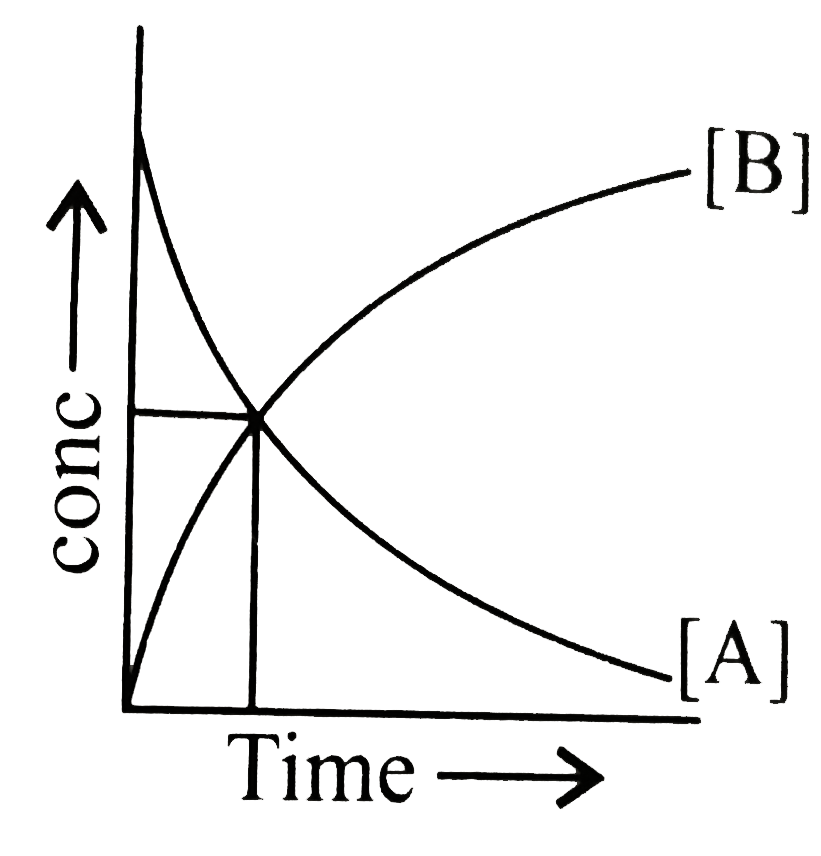 At1/2Bt3/4Ct2/3DData insufficient to predict
At1/2Bt3/4Ct2/3DData insufficient to predict
The following graph represents enzyme activity with changing
 View Solution
View SolutionGive the determinants of population change?
View SolutionHow is migration a determinant of population change?
View SolutionGive the formula for the change in population size .
View SolutionThe accompanying figure depicts a change in concentration of species A and B for the reaction A→B, as a function of time. The point of inter section of the two curves represents
 View Solution
View Solution


